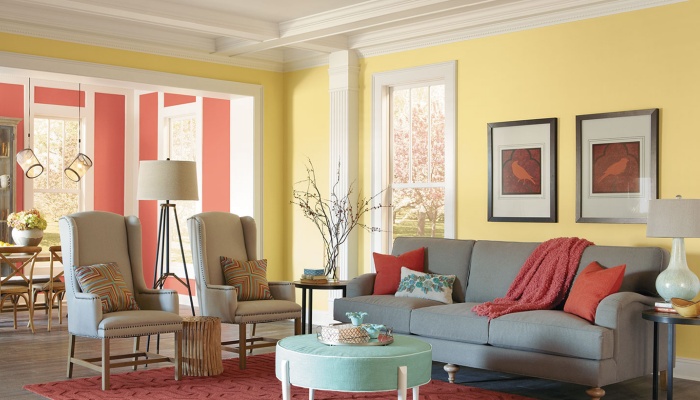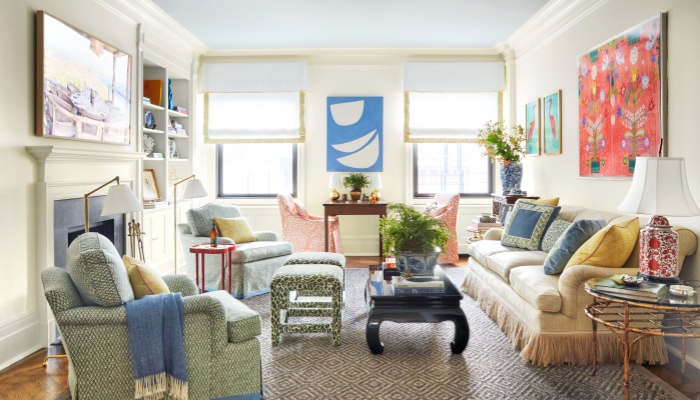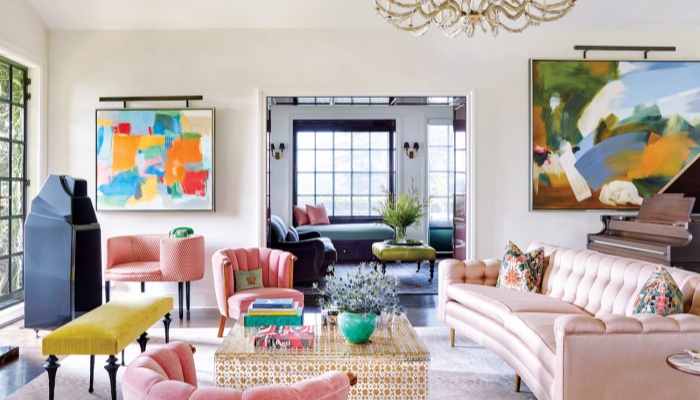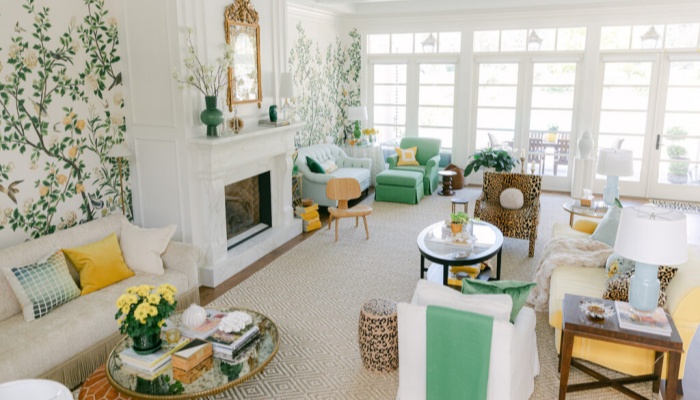One effective approach to color selection is the 60-30-10 rule. This guideline suggests that 60 percent of a room should be a dominant color, 30 percent a secondary color, and 10 percent an accent color. This method helps create balance and harmony within the space. For instance, in a living room, a neutral beige can serve as the dominant color on the walls, while a rich navy can be used for upholstery, and bright coral can add pops of color through decorative pillows or artwork.
Another important factor is the concept of color temperature. Warm colors such as reds, oranges, and yellows create a cozy and inviting environment, making them suitable for social areas like dining rooms and living rooms. Conversely, cool colors like blues and greens can create a serene and relaxing atmosphere, perfect for bedrooms and bathrooms. Understanding the emotional effects of color can help you make informed decisions about your home’s design.
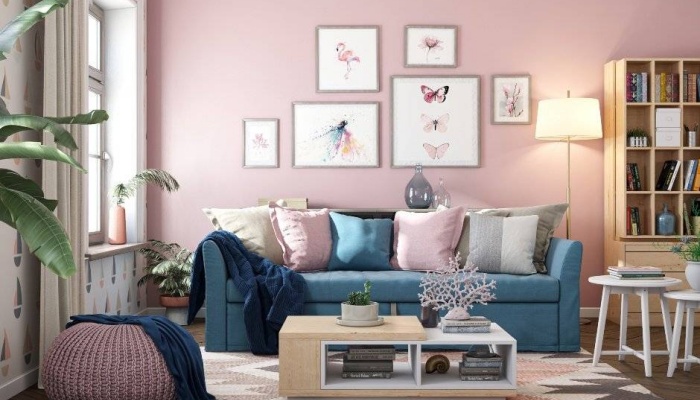
When experimenting with color combinations, don’t shy away from using a color wheel. This tool can help you identify complementary colors that work well together. Complementary colors are opposite each other on the wheel, such as blue and orange or red and green. These pairings can create striking contrasts that add visual interest to your space. Alternatively, analogous colors, which are next to each other on the wheel, like blue, blue-green, and green, can create a more subtle and cohesive look.
Textures and materials also play a crucial role in how colors are perceived. For example, matte finishes can soften bold colors, while glossy surfaces can enhance their vibrancy. When selecting fabrics, paints, and furnishings, consider how their textures will interact with your chosen colors. Mixing textures can add depth and dimension to your design, making the color scheme more dynamic and engaging.
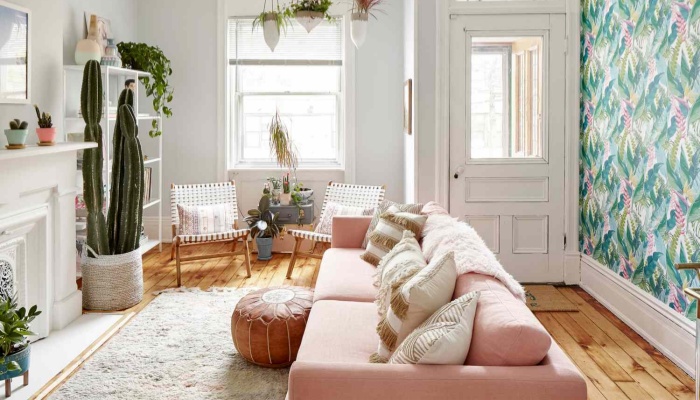
Lighting is another essential element to consider when selecting colors. Natural light can change the appearance of colors throughout the day, so it’s important to test paint samples in different lighting conditions before finalizing your choices. Additionally, artificial lighting can also affect how colors are perceived. Warm light bulbs can enhance warm colors, while cooler bulbs can make warm colors appear dull. Therefore, testing your color combinations under various lighting conditions can lead to more satisfactory results.
The best color combinations for home decoration depend on your personal preferences and the mood you want to create. It is essential to take your time during the selection process, experimenting with different hues and combinations until you find the perfect fit for your home. By understanding the principles of color theory and considering the emotional impact of colors, you can create beautiful, harmonious spaces that reflect your unique style.

